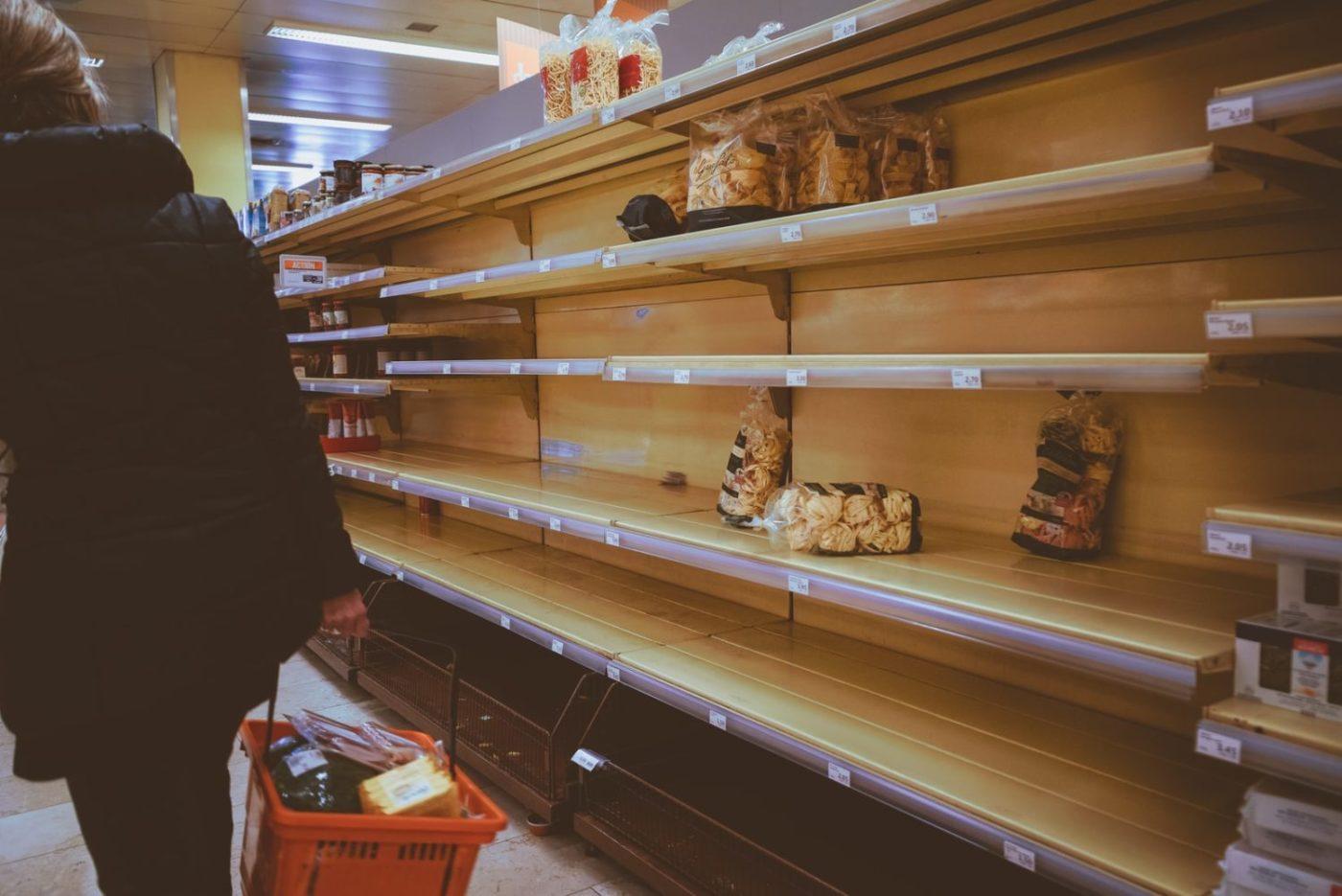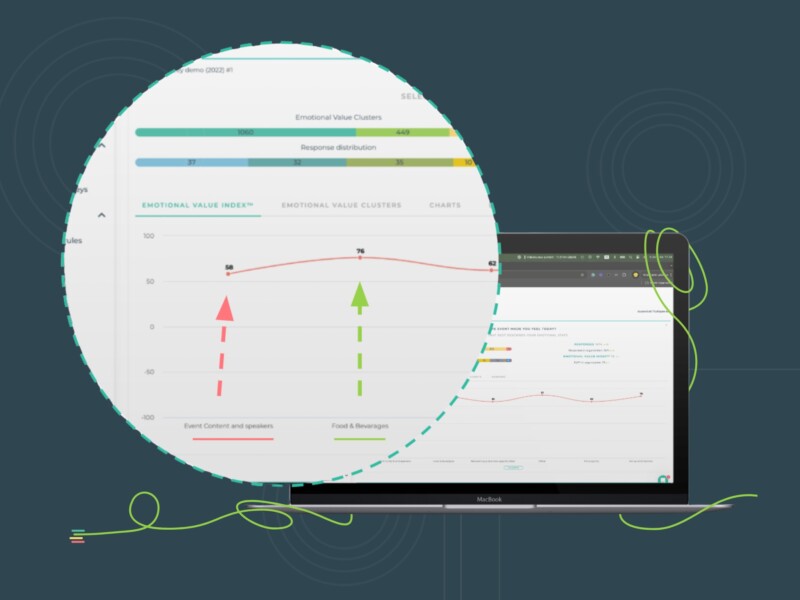This story is ongoing and all information is up-to-date as of March 17th, 2020. The information in this article does not apply to regions where retail stores are closed completely.
These certainly are strange times. Coronavirus (COVID-19) has forced some countries to halt some economic activity in an effort to slow the spread of the virus. This means that many shops, bars and restaurants are temporarily closed. In the United States, major retailers are temporarily closing stores, and it’s a similar story in Europe.
Needless to say, this is an unprecedented blow to the retail industry, which has been disproportionately affected by COVID-19 because of the simple fact that you have to physically visit a store to make a purchase.
Many small businesses are grappling with a sudden loss of income. In the United States, most small businesses have an average cash buffer of 27 days. For some low-margin industries like hospitality, it is even less.
Naturally, businesses who can sell their goods and services online are doing so and seeing a surge in orders. JD.com, China’s largest retailer, has seen an increase in online orders of household essentials quadruple compared to the same period last year.
By other accounts, COVID-19 has had a mixed effect on the ecommerce industry. In the short-term, online sales are increasing as foot traffic decreases in physical stores, however the long-term outlook is more uncertain. We could see a significant drop in demand as the economic outlook continues to worsen.
Immediate Effects For Retailers
Decreased foot traffic: Malls, theatres, resorts, and other traditional gathering places are being shut down across the world. There is no way of knowing how long these shutdowns will last, but the obvious immediate effect on businesses is a decrease in sales.
Demand volatility for certain products: We’ve all heard of the toilet paper hoarders. Some people are even selfishly stocking up on hand sanitizer. While we can debate the ethics of ‘buying only what you need’, there is still no doubt that supply chains and logistics processes are being pushed to their limit by the sudden and sharp increase in demand for certain items
Decrease in amount of customer feedback: common way to collect Feedback in retail stores has been to use a physical device, like a Feedback terminal near the checkout of your store. This is not advisable for the foreseeable future due to the chance of exacerbating the spread of COVID-19. However, there are many other non-physical ways that retailers can continue to collect customer feedback moving forward.
You can place QR codes strategically inside your store for customers to scan and give feedback directly on their mobile device:

What can you do to reduce the impact on your business?
Cut costs: It’s nearly certain that some retail stores will sell less than usual in the coming weeks and months. In an effort to extend your cash buffer, it may be necessary to cut costs. In addition to cutting costs, you could take this opportunity to explore new sources of revenue, such as expanding into digital service offerings that can be easily scaled.
Sell online: If you are able to sell your products/services online, it would be advisable to allocate more resources to this effort. You could run a test with your ecommerce store, do A/B testing to determine which products are in highest demand, and/or run advertising campaigns to drive web traffic to your store.
Shift to selling essentials: Now is the time to listen to your customers and observe purchasing behaviour. You may need to make alterations to your product ordering schedule or service delivery method in order to sufficiently meet customer demand. Health products and non-perishable foods are among the most affected products, so look into your customer needs and do whatever you can to meet these needs.
Follow the guidance of your local government: Above all, follow the recommendations of your local government! Depending on where your store is located, the local mandates may contradict with the recommendations in this article. Remember to always follow the local laws and in situations where laws/regulations are not in place, follow the recommendations of the World Health Organization.



